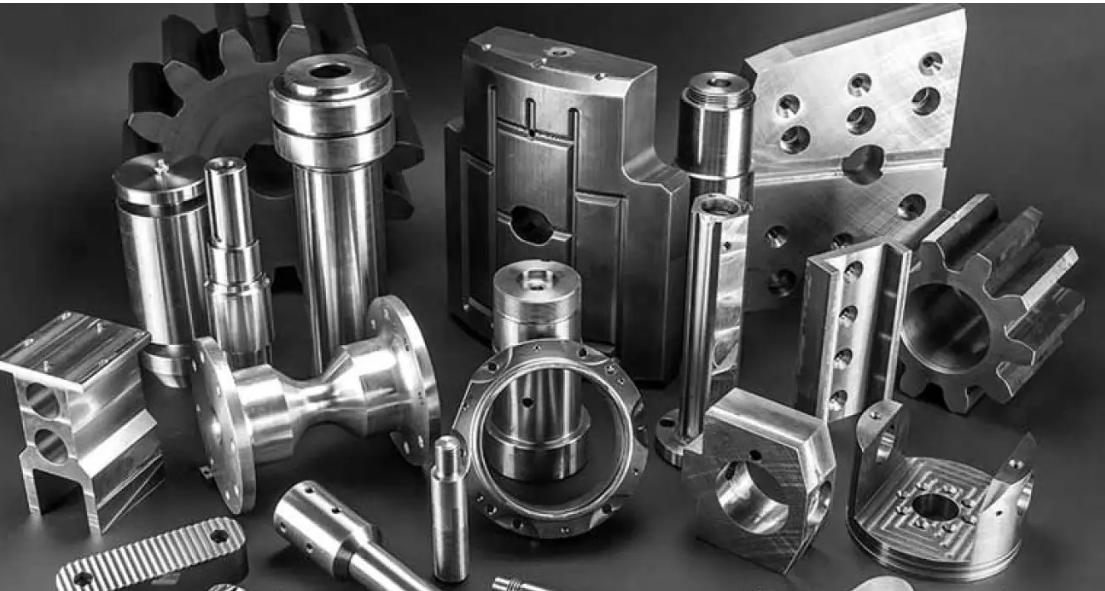Message
Five-axis machining has the potential to achieve higher precision compared to four-axis machining in certain situations. Here are some factors that contribute to the potential increase in precision with five-axis machining:
1. Access to Multiple Angles: With a five-axis machine, the cutting tool can approach the workpiece from various angles, allowing for better access to complex features and hard-to-reach areas. This increased maneuverability can result in improved precision and surface finish by reducing tool deflection and optimizing cutting paths.
2. Reduced Setups: Five-axis machining enables the completion of complex operations in a single setup, minimizing the need for repositioning the part. Fewer setups reduce cumulative errors and alignment issues that can affect precision.
3. Improved Tool Orientation: The additional axes in five-axis machining allow for better tool orientation and optimization of cutting angles. This can result in more efficient chip evacuation, reduced cutting forces, and improved tool life, leading to enhanced precision.
4. Simultaneous Machining: Five-axis machines can perform simultaneous machining, where multiple cutting operations are executed simultaneously. This capability can reduce machining time, minimize part handling, and enhance overall precision by maintaining consistent part alignment throughout the process.
5. Complex Geometry Handling: Five-axis machining excels at machining complex geometries, such as sculptured surfaces, undercuts, and intricate features. The ability to tilt or rotate the workpiece or tool along multiple axes allows for more flexible and precise machining of intricate shapes, resulting in higher precision.
However, it's important to note that achieving higher precision with five-axis machining requires careful consideration of various factors, including machine rigidity, tool selection, programming techniques, and operator skill. Additionally, the level of precision ultimately depends on the specific requirements of the part being machined and the quality of the machining process as a whole. Four-axis machining can still achieve high precision for many applications, especially when dealing with simpler geometries and operations.










